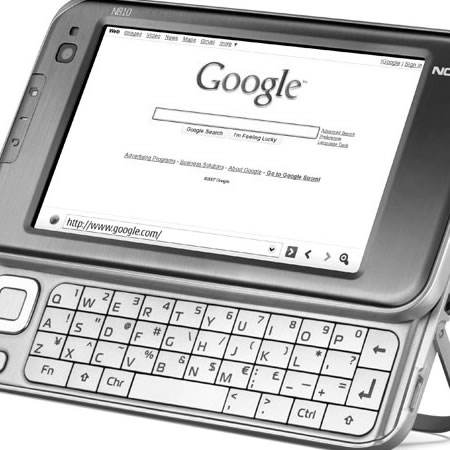Here’s a question…
If a student is spending all day watching YouTube videos on a college machine.
If you block YouTube across your whole college network does this mean:
a) that the student now spends all day studying hard and learning.
b) that the student spends all day trying to find a working proxy server that would then allow him to watch the 30 second video, a proxy server which could incorporate trojans or other internet nasties…
c) that the student spends all day searching other web 2.0 video sites (such as blip.tv, metacafe, revver etc… trying to find that elusive video.
d) the student spends all day doing something else equally fruitless, like playing online solitaire, etc…
At the end of the day it might be better to spend some time looking at the reasons why that learner is not motivated about their learning and why they are doing something else.
What are they stuck on? Do they understand where they need to go next? Are they on the right course?
At my college we lifted the global block on YouTube last December, so nearly a year has passed and what is the result?
Well what we have found is that every learner and every member of staff now spend all day watching YouTube videos!
Well no, that is not what is happening, the reality is that YouTube is like any other site on the internet, it is sometimes used for learning and sometimes it is used for fun or for information. In many ways it is used like the BBC website. Some of our learners are creating and uploading videos.
As for undesirable content, well what our staff can do is control the internet at a classroom level, so if you have a class of fourteen year olds you can block access to all of the internet, or allow access to certain sites or domains, or even just specific pages.
Remember that even news sites like the BBC can have undesirable content on them.
So do we have any global blocks? Yes we don’t have a totally open system, there are a lot of sites on our blacklist, but we do have procedures in place that if a site is blocked (or even a request to block a site) then the decision to unblock the site or block a site is made by a member of the senior management team after discussion if required.
YouTube or not YouTube, that is the question. From our experience, unblocking YouTube has not been as problematic as you might think it would be. We certainly have not had bandwidth issues that are sometimes feared. We have the odd individual here and there, but then if we block YouTube they will only go to a different site instead (you can say the same for social networking sites) and we try and identify and support these students.
I’ll leave you with a way in which YouTube is working really well for us.
Firstly students are watching clips from musical theatre in the dance studio that are on YouTube.
Secondly music technology students are recording themselves and then uploading these recordings to YouTube which can then be embedded into other websites such as MySpace, as can be seen in the following clip.
http://www.youtube.com/watch?v=dY7i1htP7uo
By the way I apologise if you are viewing this from inside an institution which blocks YouTube.






